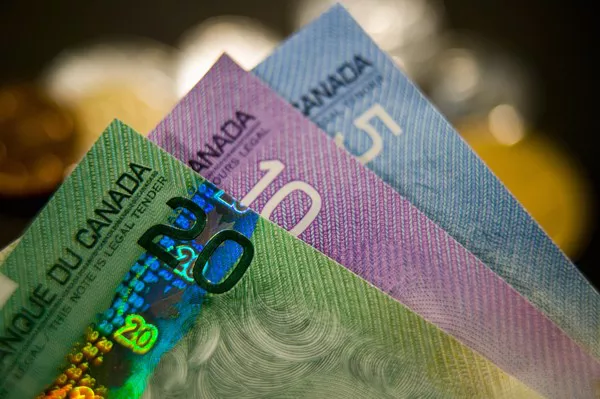The USD/CAD pair retraces recent gains, trading lower around 1.3530 during the European session on Tuesday. The US Dollar (USD) is facing depreciation due to subdued US Treasury yields, adding downward pressure on the USD/CAD pair. The Canadian Dollar (CAD) is gaining strength, supported by increased crude oil prices, contributing to its rise against the US Dollar.
The US Dollar Index (DXY) has declined slightly to around 104.40, following two consecutive sessions of gains. This dip in the DXY can be attributed to weaker US Treasury yields, with the 2-year and 10-year yields standing at 4.44% and 4.14%, respectively.
In economic data, December’s Producer Price Index (PPI) (YoY) reported a 10.6% decline, slightly missing the anticipated decrease of 10.5%. However, the US ISM Services Prices Paid increased to a reading of 64.0 in January, up from December’s 56.7.
Federal Reserve (Fed) Chair Jerome Powell emphasized that it was premature to consider easing monetary policy, highlighting the importance of steering inflation toward the 2% target. Powell suggested that the Federal Reserve might initiate its first rate cut from the middle of the year.
West Texas Intermediate (WTI) oil price has improved, reaching near $73.00 per barrel amid escalated tension in the Middle East. The rise in WTI oil prices might be supporting the CAD, thereby putting downward pressure on the USD/CAD pair. Additionally, market participants will closely watch Canada’s Ivey Purchasing Managers Index data and a speech by BoC Governor Tiff Macklem on Tuesday.


